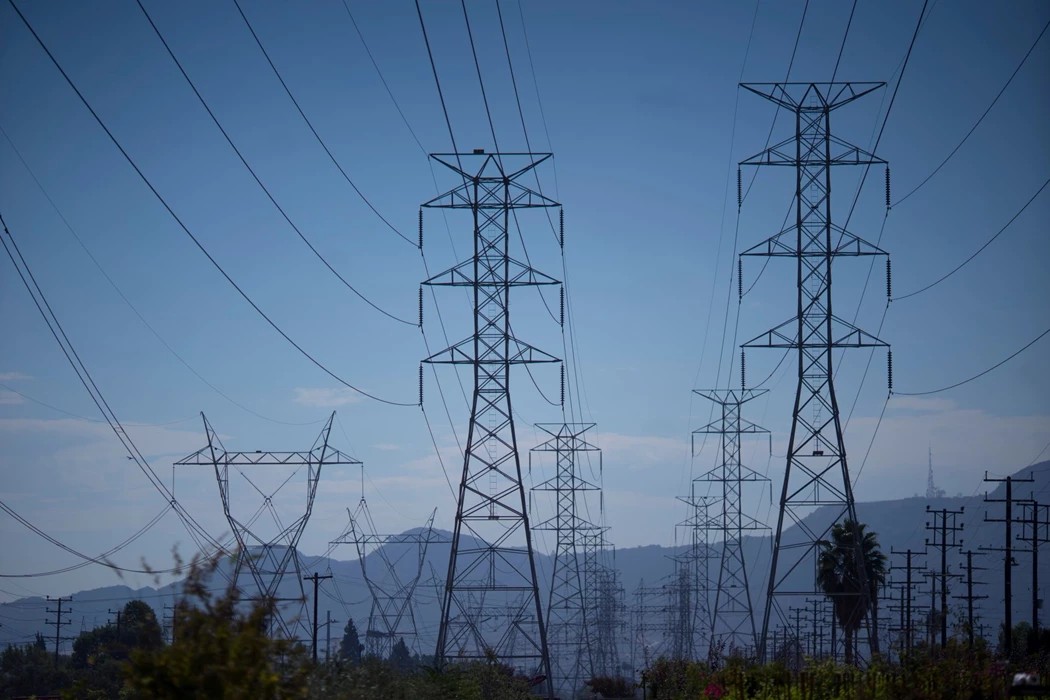California Grid Needs $9.3 Billion Upgrade in Renewables Shift
(Bloomberg) -- California’s power grid operator says $9.3 billion in new projects is needed over the next decade to support the state’s shift to renewable energy and plug-in cars.
The California Independent System Operator on Monday identified 46 projects that will be needed to help planned solar plants and offshore wind farms plug into the grid while improving reliability in a state that has been plagued with blackouts. CAISO identified the projects, including new or upgraded power lines and substation equipment, in a draft transmission plan. Its board is expected to vote on the plan in May.
Transmission has emerged as a major roadblock to expanding the use of renewable power nationwide as the number of solar and wind projects proposed overwhelms the capacity of existing power lines to carry their electricity. New transmission lines take years to plan and build and typically encounter fierce resistance from nearby property owners. Many of the projects included in CAISO’s transmission plan lie in southeastern California and would help import solar, wind and geothermal energy from Arizona, Nevada, Wyoming and Idaho.
Expanding the network of high-voltage wires is critical to create a more reliable grid as older natural gas and nuclear plants within California retire even as power demand grows. The transmission plan is based on state projections that California will need to add 40 gigawatts to 70 gigawatts of power generation over the next 10 years, depending on how quickly consumers switch to electric cars and electric home appliances. California’s highest-ever recorded power demand, set in September, was 52 gigawatts.
©2023 Bloomberg L.P.





